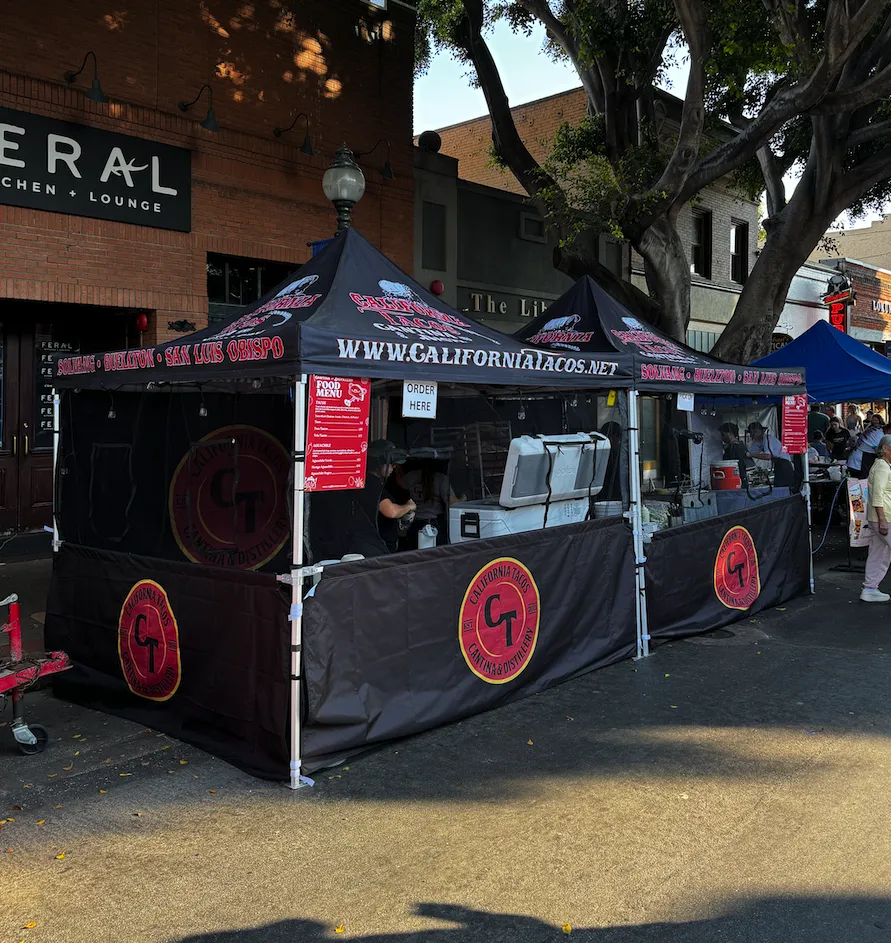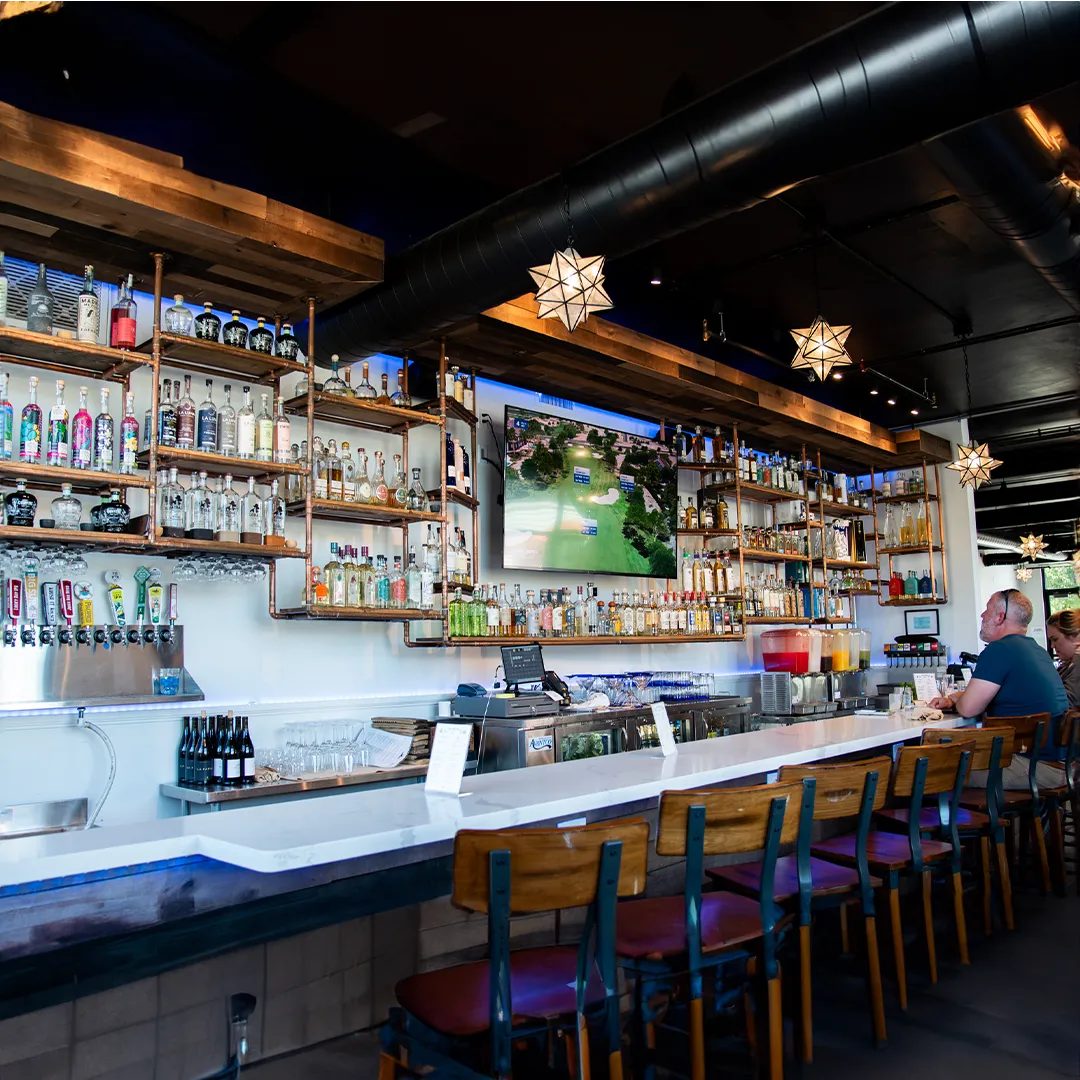You came to the right place.
Authentic Mexican Flavors – Visit Us Today!
You came to the right place.

Authentic Mexican Flavors – Visit Us Today!
Reserve a Table Now
Book Your Table Now – Perfect for Any Occasion!
Catering
Planning an Event? We've got you covered!
We can help you plan your next event, from an office party to a family gathering. Please fill out the form by clicking the link below, and we will contact you as soon as possible.

CATERING
Planning an Event? We've got you covered!
We can help you plan your next event, from an office party to a family gathering. Please fill out the form by clicking the link below, and we will contact you as soon as possible.

Private Events
Looking for the perfect venue to celebrate a special occasion? Whether it’s a birthday, wedding, corporate event, or any other gathering, California Tacos Cantina and Distillery offers a vibrant and authentic setting with delicious Mexican cuisine, handcrafted cocktails, and a warm, welcoming atmosphere. Our private events team is here to customize every detail, ensuring your event is unforgettable!
Private Events
Looking for the perfect venue to celebrate a special occasion? Whether it’s a birthday, wedding, corporate event, or any other gathering, California Tacos Cantina and Distillery offers a vibrant and authentic setting with delicious Mexican cuisine, handcrafted cocktails, and a warm, welcoming atmosphere. Our private events team is here to customize every detail, ensuring your event is unforgettable!
